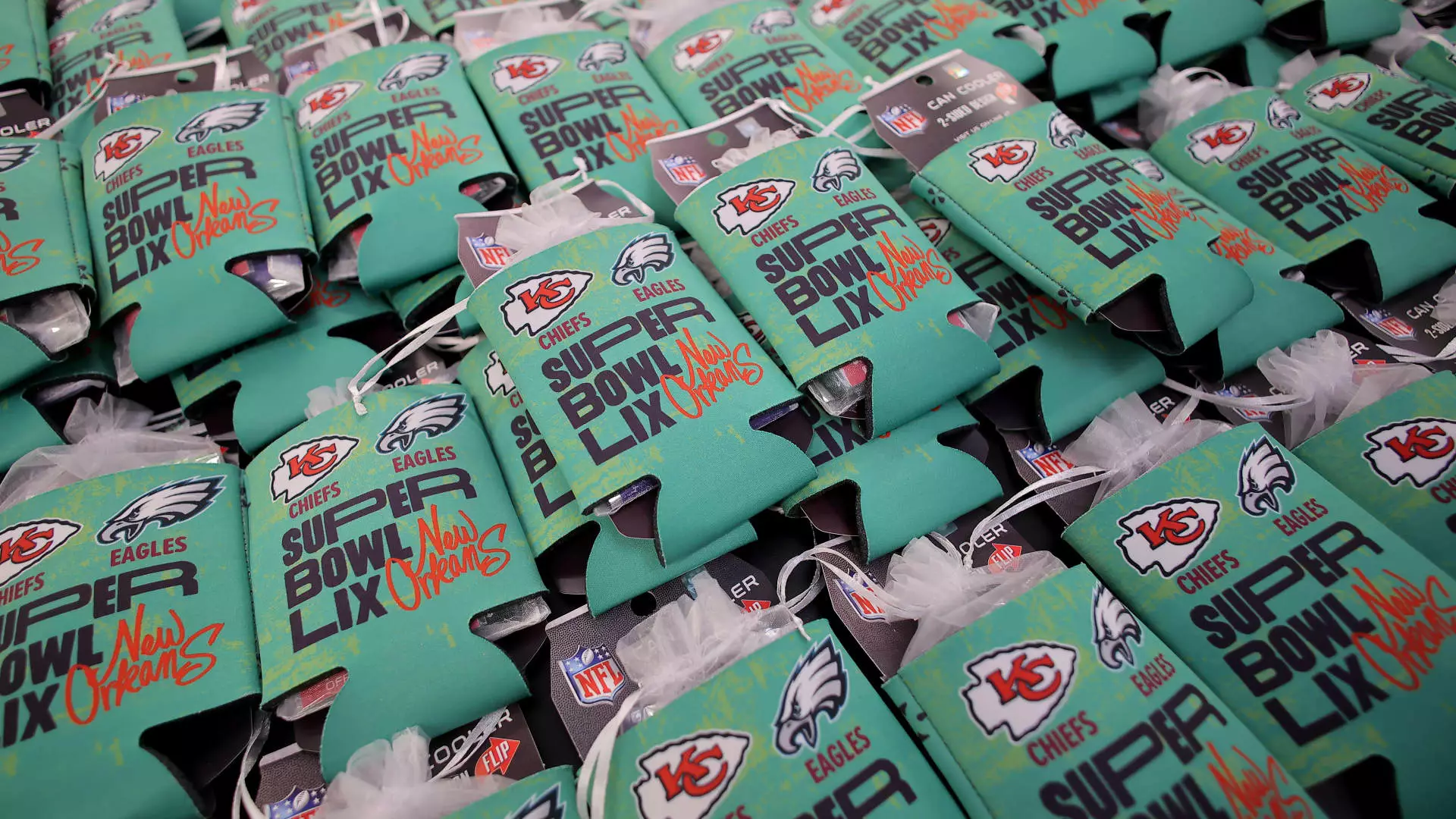In an age where digital media saturates the advertising landscape, the Super Bowl continues to command attention and significant investment from brands looking for impactful marketing opportunities. For Super Bowl 59, companies are willing to expend upwards of $8 million for a single commercial spot, demonstrating the event’s unmatched ability to draw one of the largest live television audiences in the world. The allure of such exposure, especially amid the current fragmented media landscape, has led advertisers to believe that investing in a Super Bowl slot still delivers essential value.
Scheduled to air on Fox and its free streaming platform, Tubi, this year’s NFL championship, featuring the Philadelphia Eagles and Kansas City Chiefs, is expected to attract an impressive audience, rivaling last year’s impressive viewership of over 123 million. Advertisers see this colossal reach as a unique opportunity; as Amy Leifer, DirecTV’s chief advertising sales officer, aptly points out, the scale and buzz generated by the event are unrivaled. Advertisers keenly recognize that in a media environment that has become increasingly fragmented, where audiences are dispersed across numerous platforms, few opportunities exist to connect with such a vast audience all at once.
Despite the growing trend of allocating advertising budgets to digital and social media, traditional television remains a formidable force and an effective means for brand messaging. The Super Bowl’s ability to deliver simultaneous viewing on a national scale enhances its appeal. It has been established that for advertisers, a spot during the big game yields returns that far exceed traditional primetime slots; in fact, the Super Bowl is approximately three times more effective in terms of viewer engagement.
The financial stakes surrounding Super Bowl advertisements cannot be overstated. According to GroupM, the event is projected to generate around $550 million in ad revenue, showcasing brands’ willingness to participate in this top-tier marketing event. As media companies continue to fight for ad dollars amidst the decline of cable subscriptions, sports broadcasting—especially NFL games—remains a lifeline for television networks. While the broader ad market showcases a cooling trend, networks that hold live sports rights are poised to capture a larger share of advertising revenue compared to those that do not.
The effectiveness of Super Bowl ads has resulted in media companies drawing considerable attention to their sports content during advertising Upfront presentations. It represents a pivot in their strategy, utilizing the captivating nature of live sports to attract advertisers who might otherwise lean toward digital platforms. For instance, EDO’s findings indicate that the NFL’s flagship game can mirror hundreds of prime-time advertising spots in terms of viewer interaction. This level of engagement solidifies the perception that investing heavily during the Super Bowl is justified as a long-term strategy.
However, the success of an advertisement during such a high-stakes event often depends on creative execution rather than budget alone. Kevin Krim, CEO of EDO, stresses that while the data supports the value of Super Bowl ads, brands need to prioritize how they present their creative ideas to resonate with audiences. High-profile product launches during the game, such as Kia’s EV6 or Reese’s Big Caramel Cup, have shown potential spikes in consumer engagement that exceed expectations, further emphasizing the importance of a well-crafted message.
Moreover, it is essential to consider that even localized ads can experience an uptick in visibility when aired during the Super Bowl. These localized advertisements, sold at a lower cost than their national counterparts, can still generate substantial interest. Jack Perry, CEO of Zeam Media, highlighted how their targeted ad featuring actor John Stamos resulted in millions of app downloads post-broadcast, showcasing the potential for localized brands to leverage the platform effectively.
Today’s Super Bowl viewing experience is not restricted to the television screen; it has evolved into a multi-channel affair. With a significant portion of the audience engaging on social media platforms during the event, there is a prime opportunity for brands to execute complementary digital strategies. Ad placements should align with heightened engagement periods during the game, as noted by marketing experts like Andre Banks. With high-profile performances, such as this year’s Halftime Show featuring Kendrick Lamar, audiences may shift their focus temporarily away from traditional ads, making timing and cross-platform synergy essential.
While traditional television advertising remains a significant investment for brands seeking broad exposure, the advertising arena is changing. Experts suggest that an increasing number of advertisers lean towards digital platforms, seeking nimble strategies that enable them to optimize their presence across multiple channels. As the landscape evolves, the question remains whether the Super Bowl will maintain its status as the pinnacle of advertising potency amid the rise of digital engagement.
While the Super Bowl continues to offer a unique combination of scale, engagement, and traditional advertising effectiveness, brands must also innovate and adapt. Ultimately, the intricate dance between television and digital advertising necessitates a compelling narrative and a strategic approach that embraces change while capitalizing on timeless opportunities.

